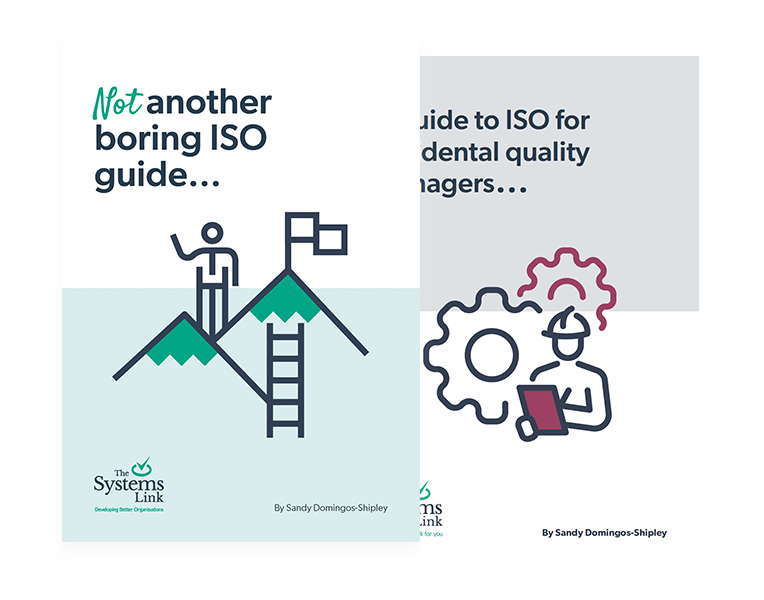If the global pandemic taught us anything, it’s that businesses can be turned upside-down very quickly and without warning. Having an effective business continuity plan can help minimise the impact and losses in a disaster situation.
You can’t prepare for every eventuality, but you can prepare for the most likely. And a lot of that preparation will come in handy should the unlikely happen too.
But having a business continuity plan that hasn’t been reviewed, updated or tested for years is almost as bad as having no plan at all.
Imagine having fire extinguishers that nobody knows how to use. When a fire does break out, you grab the extinguisher and end up with freeze burn on your hands because you’ve never used one before. Or you spend so long reading the instructions that the fire has already gotten out of control before you’ve figured out what to do.
A business continuity plan that nobody knows how to implement is the same. The disaster can cause more damage than it should because your teams take too long figuring out what they are supposed to do.
That’s why you need to test your business continuity strategy regularly. And testing your plan doesn’t have to be a chore – it can actually teach you a lot about your business processes and help you identify opportunities and inefficiencies.
So if your plan has been left on a shelf to gather dust, it’s time to pull it out, clear off the cobwebs, and make sure it’s fit for purpose.
Planning your test
There are no rules around how often you need to test your plan, but there are definitely parts that should be reviewed regularly. These include things like your contact lists, reporting processes and IT systems.
How often you carry out business continuity tests will depend on several factors:
- The size and scale of your business and the level of risk
- Which areas of your plan you want to test
- The objectives of the test
- Who needs to be involved in the test (all employees, senior managers or the emergency response team)
- The type of test
There are several types of tests, including reviews, tabletop tests, or full-scale simulations. They can be great for employee engagement, showing your teams that you are proactive in keeping the business and your people safe.
Plan review
A plan review is quite simply what it sounds like – a review of your plan. Gather a team (senior managers, department heads or individuals from throughout the business) and get them to discuss the plan's feasibility.
Talk through each step of the plan and determine whether it is still practical. Do you have the right supplies? Are your systems still adequate? Have you issued the most current version of the plan to those who need it? Do key team members know their roles should the plan need to be implemented?
Involving new people each time you review the plan can help you identify weak areas or opportunities for improvement that may have been previously missed. You can also use the review as an opportunity to train new managers or employees on the plan.
Tabletop tests
Tabletop walk-throughs can be focused on one or more disaster scenarios and should involve anyone who would have a role in implementing the plan.
A tabletop test can be conducted in the boardroom. Employees are given a hypothetical emergency situation and then describe the actions they would take based on their responsibilities according to the plan.
Discuss each step of the plan and consider various eventualities. How would the plan differ if an emergency happened inside working hours compared to outside working hours? What would happen if a key employee was absent from the business when the emergency arose? How long would it take to implement each stage of the plan?
Use these sessions to identify any potential issues that could arise and any areas that could be improved. Don’t forget to inform relevant parties of any updates to your plan.
Simulations and full recovery tests
A full-scale simulation involves a dry-run test whereby all relevant employees participate in a physical walk-through of your plan. If the simulation involves your entire team, you may want to run it outside of normal business hours to minimise disruption to your operations.
As far as possible, implement elements of your plan as they would be implemented in a real-life scenario. For example, you may need to transition to backup power or backup IT systems, drive to alternative locations, make phone calls or relocate stock.
A simulation is a great way to test response times, technology, staff safety, data recovery and communication.
Review the Results
Any test of your continuity plan should be followed up with a review of the results. What have you discovered? What needs to change? What needs updating?
- Have any of your key contacts changed?
- Have prices or costs increased since your plan was first developed?
- Is your technology still adequate, or are better solutions available?
- Have all employees (new and existing) received relevant training on the plan?
- Are the roles allocated to the most suitable team members?
- What could slow down the implementation of your plan?
- Are there areas that can be made more efficient?
- Have you uncovered any additional risks to your business?
Use the findings of your tests to not only update your continuity plan but also to improve your day to day processes and systems?
And if you need help with that, contact The Systems Link. We can help you test your plan, identify opportunities and threats, and improve the efficiency of your systems and processes. If you’d like to know more, get in touch.


